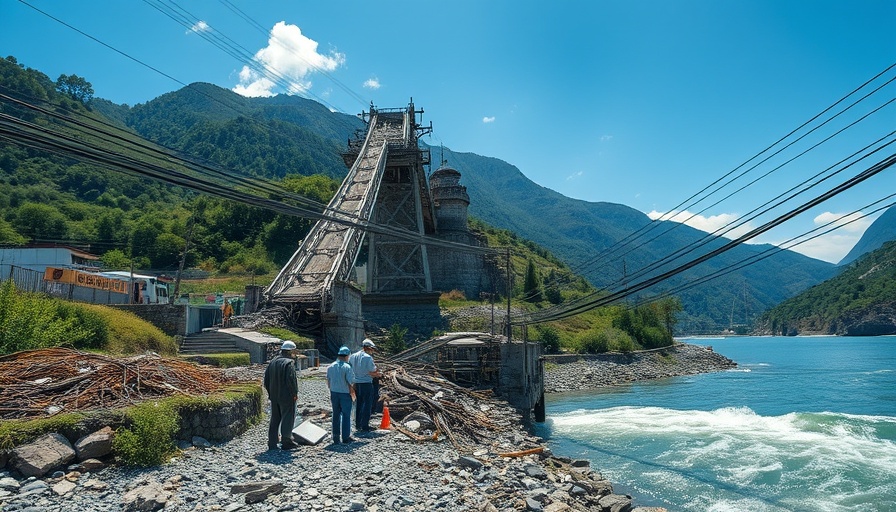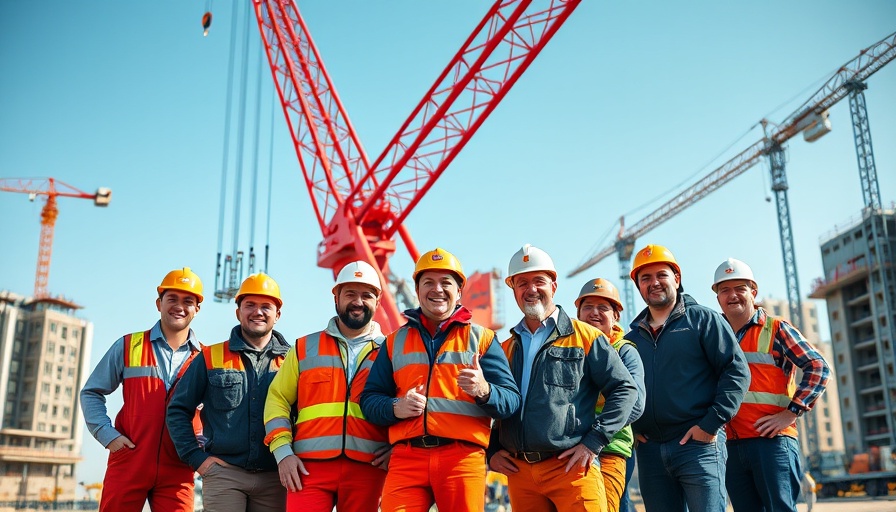
The Critical Need for Targeted Investment in Lifeline Infrastructure
As disasters increasingly become a common occurrence, the importance of lifeline infrastructure systems—those that provide essential services like water, electricity, and transportation—cannot be overemphasized. During the recent Building Innovation 2025 conference, experts highlighted urgent gaps in these systems and the highlighted necessity for strategic investment and technological innovations to bolster resilience.
Understanding the Vulnerability of Aging Infrastructure
The backbone of many American communities, much of this infrastructure was designed decades ago, often before current standards for resilience and redundancy were established. "We must remember that much of our infrastructure is so old it's built to standards that we no longer use. So it doesn't work anymore," emphasized North Carolina DOT Secretary Joey Hopkins. For instance, highways constructed in the 1960s lack modern safety features such as extended acceleration/deceleration lanes, putting users at risk in a rapidly evolving transportation landscape.
Funding Challenges and Repair Paradigms
A major issue discussed at the conference was the inadequacy of current U.S. funding programs for infrastructure recovery. They tend to offer resources solely for restoring structures to their state before damage occurred, often neglecting the evolving climate conditions that have contributed to these failures. Madhu Beriwal, founder of IEM International, pointed out that the infrastructure was built in a different climate regime, leaving it vulnerable to today’s extreme weather. This begs the question: should we simply repair what broke or invest in establishing stronger, more resilient systems?
The Cascading Effects of Infrastructure Failure
Each infrastructure system operates independently, leading to a lack of coordination that can result in cascading failures. A failure in one system – say, power – can have profound impacts on water supply and transportation. This complex interdependence means that addressing only isolated issues will not provide long-term solutions. To achieve functional recovery, experts argue for a comprehensive approach that aligns the interests of various stakeholders.
Embracing Technological Solutions
Integrating modern technology into construction and maintenance practices can significantly enhance infrastructure resilience. Smart infrastructure, data analytics, and IoT can aid in monitoring system health and predicting failures before they occur. With targeted investments in technology, jurisdictions can transform their current infrastructure models from reactive to proactive management.
Prioritizing Sustainable and Long-Term Solutions
As we continue experiencing climate-induced disasters, the call for durable, sustainable, and innovative construction practices has never been more critical. Investment should not only focus on repairing what was lost but also on constructing new systems that can withstand future threats. These practices should encompass sustainable building techniques that address environmental impacts and minimize risks to communities.
In conclusion, while resilience in lifeline infrastructure systems is more crucial than ever, it requires a coordinated effort that prioritizes targeted investments, embraces innovative technologies, and shifts the paradigm from merely reactive repair to proactive enhancement of our essential services. Only then can we ensure our communities are truly resilient in the face of future challenges.
 Add Row
Add Row  Add
Add 




Write A Comment